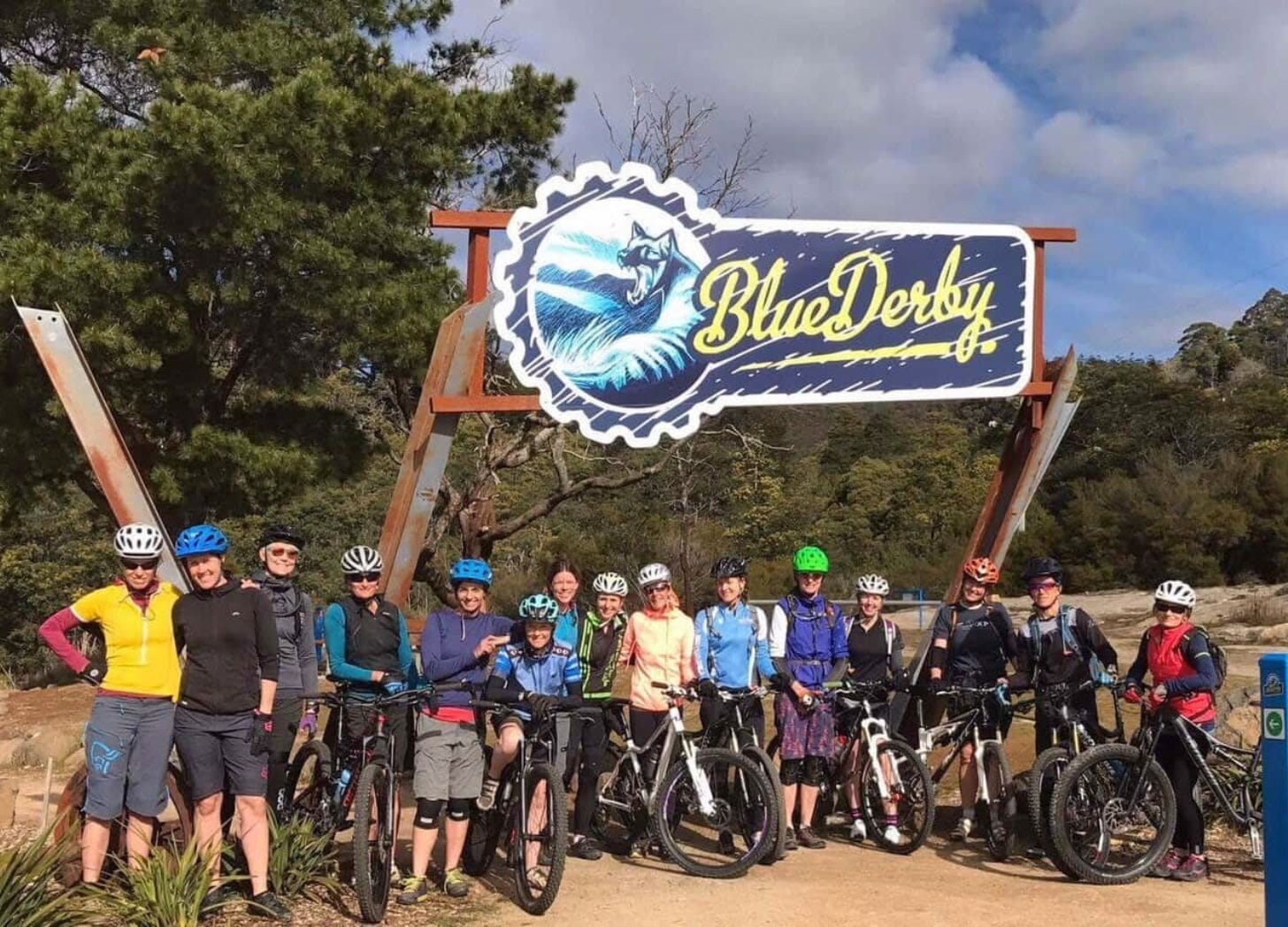Destination Sunday: Why Your Logo Cannot Save You
The Flip Side of Branding in Destination Marketing: Visibility Beats Logos Every Time
The Myth
Tourism boards and small destinations love to say: “We just need a new logo, a fresh slogan, maybe a new color palette. That will put us on the map.”
So they spend months arguing about fonts and thousands of dollars on design packages. Everyone feels busy. The meetings look important. But nothing changes.
The Pain
Logos do not book trips.
Travelers do not choose a destination because of a hex code.
A shiny new design without visibility is like a billboard in the desert.
Stakeholders burn energy debating shades of blue while ignoring the real guest experience.
You can spend fifty thousand dollars on a new logo and still get zero new visitors because no one sees it. That is not destination marketing. That is decoration.
The Flip Side
Branding matters, but only after visibility.
Travelers cannot fall in love with a brand they never encounter. They do not book a logo. They book a story they can see online, share with friends, and picture themselves in.
Visibility first. Branding later.
Proof: Iceland and Derby
In 2010, Iceland launched Inspired by Iceland after the volcanic eruption made headlines and scared travelers away. It was not just a new logo. It was a global visibility campaign packed with quirky stunts and real stories. One highlight was inviting people to scream into their volcano and share it online. The campaign worked. International visitation jumped from 488,600 in 2010 to 672,000 in 2012. (source: Statistics Iceland).
That is the big stage. But the same principle works in small towns, too.

Take Derby, Tasmania. A quiet logging town with almost nothing going for it reinvented itself by leaning into mountain biking. The town did not fuss over a new logo. They built world-class trails, shared the stories of their community, and promoted unique experiences like truffle hunting and agri-tourism. Ten years later Derby was crowned the world’s best mountain bike destination. Today it draws riders from around the globe and has lifted winter occupancy to record highs (source: Herald Sun).
The lesson is simple. Iceland proved it at scale. Derby proved it in a town most people had never heard of. Visibility built on stories moves the needle. A logo sitting in a PDF does not.
A Simple AI Play
Here is how to turn branding into visibility without spending fifty thousand dollars:
Collect your last 20 guest reviews.
Drop them into ChatGPT, Claude, or Gemini.
Use this prompt:
“Act like a destination marketing strategist and a traveler. Review these guest reviews and tell me:
• What words, stories, or experiences repeat most often?
• Which of these could become simple taglines or campaign ideas?
• How do these make our destination stand out from competitors?
Please give your answer in three sections: patterns, tagline ideas, and campaign ideas.”
Build your visibility efforts around those patterns.
Example: if your reviews keep saying “quiet escape,” your campaign might be “Peace of Mind in [Town Name].”
Now your “brand” is not a color swatch. It is rooted in the real experiences travelers already value and talk about.
Why It Works
Guests remember stories, not symbols.
Visibility gets you into the decision set. Branding shapes preference once they are already looking.
Experiences and stories compound. A logo fades as soon as the campaign ends.
👉 The Flip Side: Branding without visibility is decoration. Visibility built on stories is destination marketing.
Next week: the myth of “events fix everything” and why chasing event tourism often backfires.
Your Move
If you want to keep arguing about fonts while your destination stays invisible, do not subscribe.
If you want one flip-side truth bomb every Sunday that saves money and grows visitation, subscribe now.




